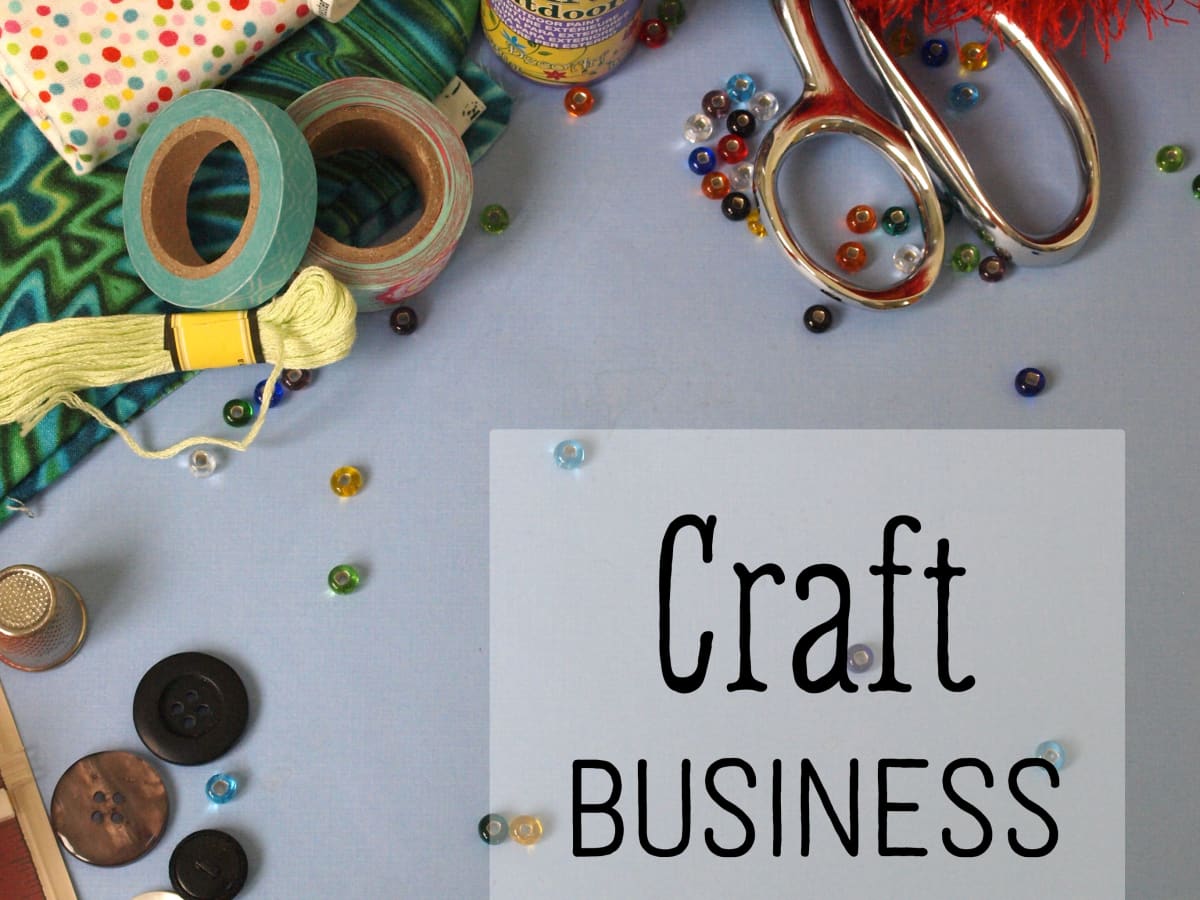For many, creativity flows not just as a pastime, but as a passion poured into handcrafted goods. Whether it’s intricate knitted scarves, whimsical clay figurines, or vibrant paintings, the desire to share these creations and turn a hobby into a business can be strong. But this transition requires more than just setting up a shop. It’s a journey of planning, perseverance, and finding joy in the entrepreneurial spirit.
Market your Niche: Finding Your Sweet Spot
Before diving in, identify your unique selling proposition (USP). What makes your crafts special? Is it a rare technique, the use of locally sourced materials, or a quirky design aesthetic? Research your target audience to understand their needs and preferences. Are you catering to eco-conscious millennials or luxury gift seekers? Knowing your niche helps you tailor your products, messaging, and branding for maximum impact.
Craft a Captivating Brand: The Story Behind Your Creation
Building a strong brand is more than just a logo and a tagline. It’s about telling the story behind your craft. Share your inspirations, your process, and the values embedded in your work. This emotional connection resonates with customers who appreciate the authenticity and care behind each piece.
Develop a consistent visual identity: high-quality product photos, a cohesive color palette, and fonts that match your brand personality. This creates a recognizable image across your website, social media, and packaging, fostering trust and brand loyalty.

Set Up Shop: Choosing Your Sales Platform
Where will you sell your creations? Online marketplaces like Etsy or Shopify offer user-friendly platforms and established customer bases. Consider the fees, features, and target audience of each platform before making a decision.
Building your own website offers greater control over branding and customer data, but requires more technical expertise and marketing effort. Start with a simple, well-designed website that showcases your products, tells your story, and makes buying easy.
Don’t neglect offline opportunities: craft fairs, local markets, and pop-up shops allow for direct interaction with customers and valuable feedback.
Pricing for Profit: Balancing Value and Affordability
Setting the right price is crucial. Factor in material costs, your time, and desired profit margin. Research similar products to understand the market range, but don’t undervalue your unique craftsmanship. Offer tiered pricing for different sizes, complexities, or customization options. Be transparent about pricing and highlight the value proposition of your handmade goods.
Marketing Magic: Spreading the Word about Your Craft
In today’s digital age, a strong online presence is key. Utilize social media platforms like Instagram and Facebook to showcase your work, engage with potential customers, and run targeted ads. Share creative content, behind-the-scenes glimpses, and customer testimonials to build interest.
Collaborate with other artisans or local businesses for cross-promotion and wider reach. Run promotional campaigns and offer discounts to attract new customers.
The Business Side of Handmade: Legal and Financial Considerations
Understand the legal and financial requirements of running a business in your area. This may involve obtaining permits, registering your business name, and filing taxes. Seek professional advice if needed.
Keep organized records of your expenses, income, and inventory. This helps you track your progress, make informed decisions, and comply with tax regulations.

It’s a Marathon, Not a Sprint: Staying Motivated and Sustainable
Building a successful craft business takes time, dedication, and continuous learning. Don’t get discouraged by initial setbacks. Be prepared to adapt your strategies based on market feedback and customer preferences.
Network with other craft entrepreneurs for support, inspiration, and shared experiences. Participate in online communities, workshops, and industry events to stay informed and motivated.
Remember, the joy of creating should not be lost in the business hustle. Schedule time for creative exploration and experimentation. Find a healthy balance between production, marketing, and self-care to ensure your passion remains the driving force.
Beyond the Basics: Scaling Your Craft Business
As your business grows, consider expanding your product line, offering workshops or tutorials, or participating in wholesale opportunities. Invest in learning new skills to improve your efficiency, marketing savvy, and financial management.
Delegate tasks that take away from your creative time. Consider outsourcing packing, shipping, or bookkeeping to free up your energy for what you love most.
Remember, success doesn’t have a singular definition. Celebrate every milestone, from your first sale to positive customer reviews. Embrace the journey of turning your passion into a thriving business, one handcrafted creation at a time.
This journey, fueled by creativity and strategic planning, can transform your hobby into a meaningful and fulfilling business. Remember, the reward lies not just in profit, but in sharing your unique talents with the world and building a community around your handcrafted creations.

